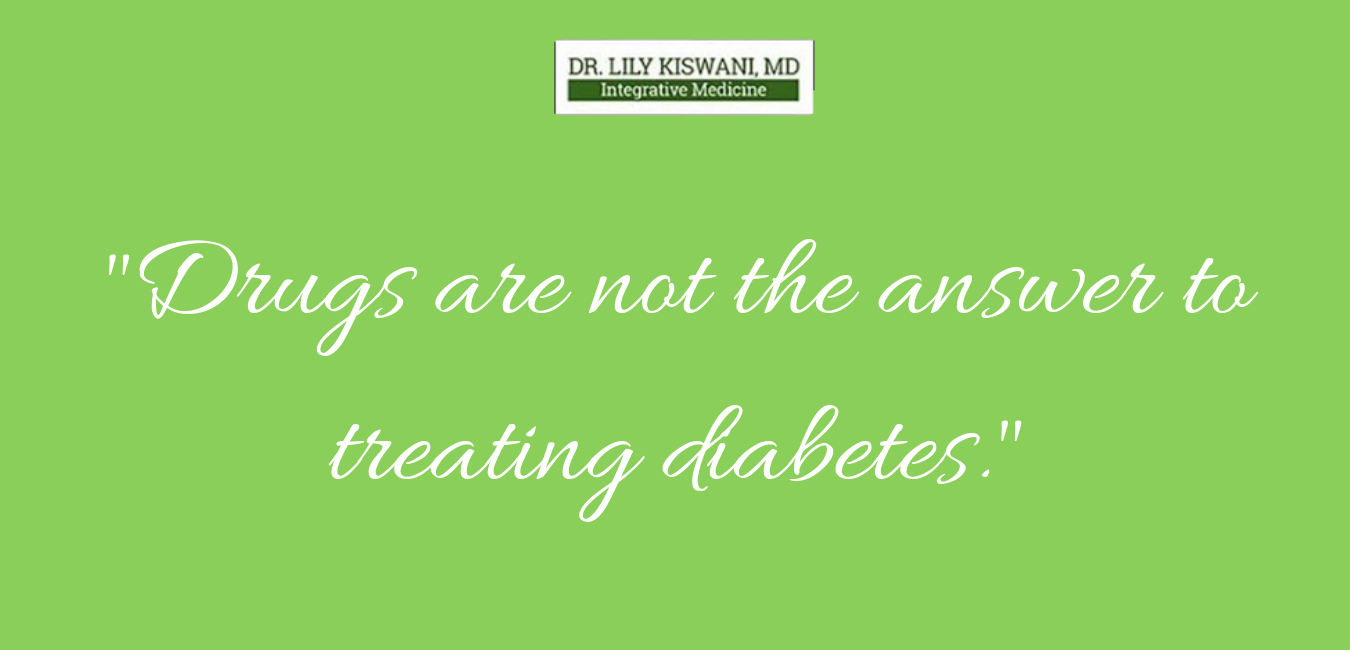1. Food – The biggest culprit for toxic exposure is processed foods, which are full of chemical additives that can create symptoms ranging from cravings and weight gain to poor digestive health and food allergies. This includes packaged food, and also supposedly fresh, local produce which is often heavily sprayed with pesticides, or could be genetically modified, or both.
To reduce your exposure to food toxins: Choose whole foods instead of processed foods. In addition, choose organic fruits and vegetables. Organic produce is grown without harmful pesticides and, even better, the soil is more mineral-rich. Eating organic, whole foods is a great step you can take toward health and wellness.
2. Water – Tap water is teeming with toxins. The Environmental Working Group found over 316 chemicals in tap water, based on analysis of 20 million records from state water officials. In addition, over the past few years, studies have shown that pharmaceuticals, like prescription and over-the-counter drugs, are being found in tap water.
Many bottled waters have been shown to be just as bad as tap water in most cases—not to mention the toxins that leach from the plastic bottles themselves.
To reduce your exposure to water toxins: Avoid drinking tap water or showering without a filter.
3. Environment – Whether inside your home or outside your home, the environment is also a major source of toxins. Pollution from manufacturing, cars, and secondhand cigarette smoke can be challenging to avoid.
However, you can minimize many of the toxins inside and around your home. Too many people use harsh household cleaners containing bleach, ammonia, and other toxic chemicals that can cause health problems ranging from nausea to skin destruction, fluid in the lungs, and wheezing.
To reduce your exposure to environmental toxins: Switch your cleaning products to those with all-natural ingredients.
4. Beauty and Personal Care Products – Beauty products like toothpaste, lotion, anti-aging creams, soap, shampoo, conditioner, perfumes, and makeup are full of toxic chemicals.
To reduce your exposure to toxins in beauty and personal care products: Read ingredient labels on your personal care products. Anything you put on your skin is absorbed into your body.
5. Stress and Negative Thinking – Stress can kill the good bacteria and yeast living in your intestines that keep your immunity and digestive health strong.
To reduce your exposure to toxic stress: As the good bacteria and yeast die off, the bad bacteria and yeast are able to take over. Strengthening your inner ecosystem with fermented foods and probiotics can buffer stress and reduce the risk of illness and disease.
Eliminate toxins and Stay Healthy.




